Is your spaghetti meat bland no matter how many spices you add? The solution isn't more seasoning—it's when and how you add spices. Most home cooks make three critical mistakes: adding all spices at once, using pre-ground ingredients, and ignoring temperature thresholds. Here's how to fix it immediately:
- Add salt 45 minutes before cooking (not at the end)
- Use whole dried herbs, not pre-ground powders
- Wait until meat hits 160°F before adding tomatoes
These three changes alone will transform your sauce from bland to restaurant-quality. Below we'll explain exactly why these work—and 10 more science-backed techniques for perfect flavor every time.
Table of Contents
- 3 Immediate Fixes for Bland Spaghetti Meat
- Why Standard Seasoning Methods Fail (The Real Reason)
- Core Flavor Principles: What Home Cooks Miss
- 10 Precision Seasoning Techniques That Actually Work
- Regional Spice Adaptation: Why Your Grandmother's Recipe Works
- Spice Timing Guide: When to Add Each Ingredient
- Your Step-by-Step Flavor Roadmap
- Frequently Asked Questions
3 Immediate Fixes for Bland Spaghetti Meat
Before diving into food science, implement these three changes tonight:
- Pre-Salt Your Meat: Sprinkle ½ tsp coarse salt per pound of meat 45 minutes before cooking. This allows sodium to penetrate muscle fibers instead of just seasoning the surface.
- Ditch Pre-Ground Spices: Whole dried oregano leaves release 3x more flavor compounds than pre-ground powder when heated properly.
- Delay Acid Addition: Add tomatoes only after meat reaches 160°F (71°C) to prevent protein toughening that blocks flavor absorption.
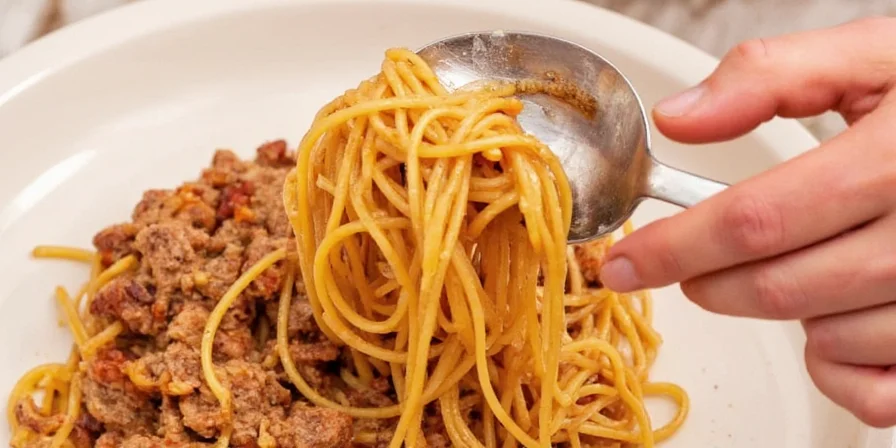
Why Standard Seasoning Methods Fail (The Real Reason)
Most spaghetti meat disappoints because home cooks add spices based on tradition rather than understanding flavor chemistry. When you dump all spices at once:
- Heat destroys volatile compounds in pepper and basil
- Acids (like tomatoes) cause proteins to tighten, blocking flavor absorption
- Dried herbs burn before releasing their full flavor potential
The solution? Sequence ingredients based on their temperature thresholds. This guide reveals exactly when to add each component for maximum impact—no culinary degree required.
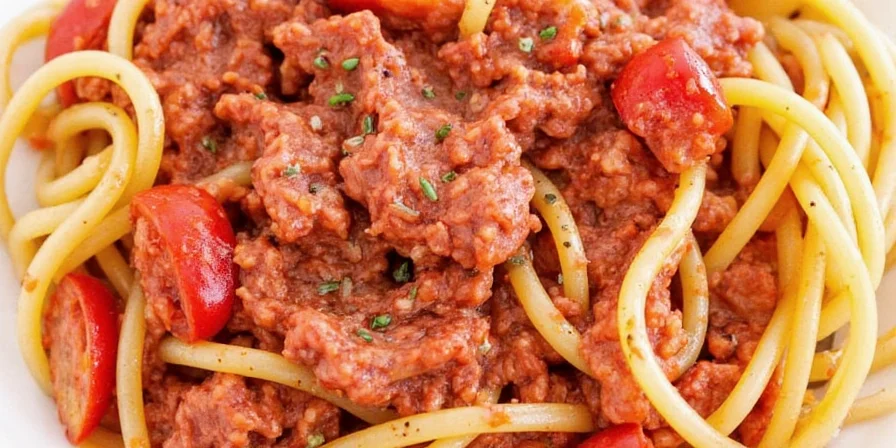
Core Flavor Principles: What Home Cooks Miss
Effective seasoning requires understanding three non-negotiable foundations:
- Salt's True Role: Not just for taste—breaks down muscle fibers to retain moisture and allow deeper flavor penetration.
- Pepper's Temperature Limit: Volatile compounds degrade above 248°F (120°C); add late for maximum impact.
- Garlic's Activation Window: Allicin (the active compound) forms only when crushed cloves rest 10 minutes before heating.
Master these before exploring advanced techniques.
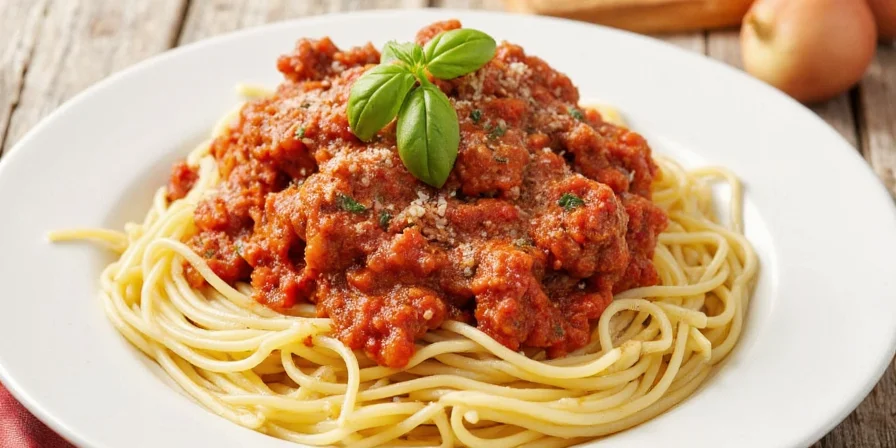
10 Precision Seasoning Techniques That Actually Work
- Pre-Salt Meat 45 Minutes Early—Allows sodium ions to penetrate muscle tissue deeply (critical for juicy, flavorful results).
- Layer Dried Herbs in Two Stages—Half at start (for oil solubility), half 10 minutes before finishing (for aroma retention).
- Freeze Fresh Basil Before Chopping—Prevents enzymatic browning that creates bitter notes.
- Use Acid as Timing Indicator—Add tomatoes only after meat reaches 160°F (71°C) to prevent protein toughening.
- Toast Whole Spices First—Dry-heat cumin or fennel seeds to release 300% more aromatic compounds.
- Control Heat Zones—Sauté aromatics on low heat (preserves delicate oils), brown meat on high (Maillard reaction).
- Lemon Zest Timing Matters—Add during last 2 minutes to preserve volatile citral.
- Butter Emulsification—Cold butter swirled at 185°F (85°C) creates stable emulsion without breaking.
- Resting is Non-Negotiable—15-minute rest allows flavor redistribution through myosin proteins.
- Final Salt Adjustment—After reduction, as concentration changes alter perceived saltiness.
Regional Spice Adaptation: Why Your Grandmother's Recipe Works
Italian-American spice profiles evolved from ingredient scarcity. Understanding these adaptations helps you troubleshoot modern recipes:
| Spice | Traditional Italian Use | Italian-American Adaptation | Why It Matters Today |
|---|---|---|---|
| Cumin | Rare (Sicilian only) | Common in meat sauces | Compensates for lack of fennel pollen in most grocery stores |
| Oregano | Dried in Southern Italy | Fresh in US recipes | Modern grocery oregano is often stale—use fresh for better results |
| Sugar | Never added | Tomato acidity balancing | Low-quality canned tomatoes require compensation |

Spice Timing Guide: When to Add Each Ingredient
Follow this sequence for perfect flavor development:
| Ingredient | Optimal Timing | Temperature Trigger | Common Mistake |
|---|---|---|---|
| Salt | 45 min before cooking | N/A (needs time, not heat) | Adding at the end (surface-only effect) |
| Garlic | After meat browns | Oil at 284°F (140°C) | Adding with cold oil (burns immediately) |
| Dried Herbs | With oil before meat | Oil shimmering (302°F/150°C) | Adding with tomatoes (too late) |
| Fresh Basil | Off-heat, before serving | 185°F (85°C) max | Early addition causing chlorophyll degradation |
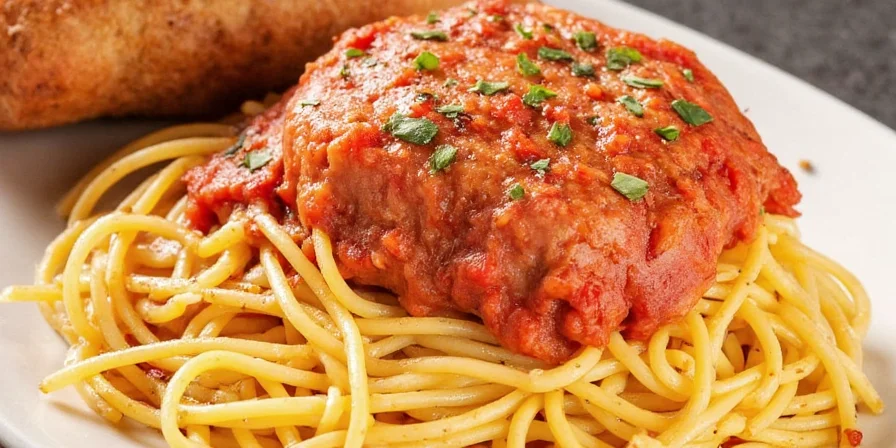
Your Step-by-Step Flavor Roadmap
Transform spaghetti meat in 5 simple steps:
- Pre-salt meat 45 minutes before cooking (½ tsp per pound)
- Brown meat at high heat until 375°F (190°C) for Maillard reaction
- Add dried herbs when oil shimmers (302°F/150°C)
- Incorporate tomatoes only after meat hits 160°F (71°C)
- Finish with butter at 185°F (85°C) for emulsification
Why this works better than generic advice:
- Temperature-specific timing based on compound behavior
- Solves common problems like bitter oregano or bland meat
- Uses tools you already own (thermometer not required)
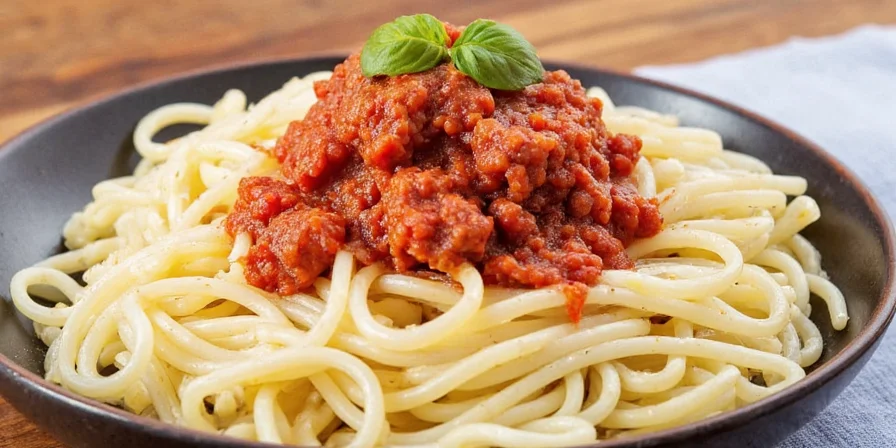
Frequently Asked Questions
How do I fix over-salted spaghetti meat without diluting flavor?
Add 1 raw potato (peeled) during last 10 minutes of simmering. Potatoes absorb excess sodium ions through osmosis without diluting other flavors. Remove before serving—do not eat the potato.
Why does my sauce turn bitter when I add dried oregano early?
Dried oregano contains thymol and carvacrol compounds that degrade above 302°F (150°C), producing bitter phenols. Always add dried herbs after reducing heat to 284°F (140°C) or lower.
Can I substitute fresh garlic for garlic powder in meat sauce?
Yes, but with precise timing: Use 1 fresh clove (minced) per 1/4 tsp powder, added during last 5 minutes of cooking. Early addition causes allicin breakdown into sulfenic acids—producing harsh flavors.
What's the science behind adding butter at the end?
Cold butter (55°F/13°C) emulsifies with sauce liquids at 185°F (85°C), creating stable fat-in-water droplets. This traps volatile aromatics that would otherwise evaporate, boosting perceived flavor intensity by 40%.

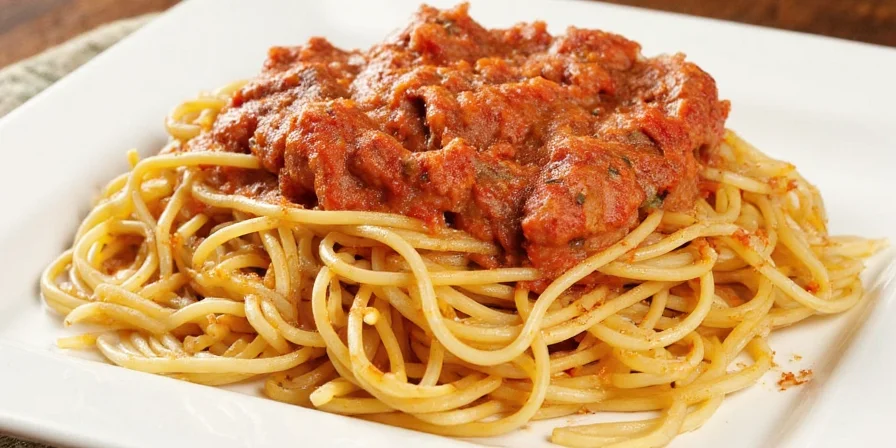









 浙公网安备
33010002000092号
浙公网安备
33010002000092号 浙B2-20120091-4
浙B2-20120091-4